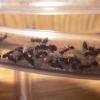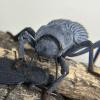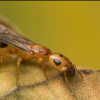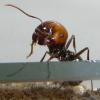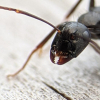Greetings Formiculture users!
RushmoreAnts and I have been working on a really fun YouTube series that we hope will bring a smile or two to your face and inform you about what happened over the past month on Formiculture. We are calling it The Formiculture Monthly Review. We are hoping to release this series monthly, but editing takes a lot of time, so we can not guarantee it. That being said, RushmoreAnts and I are already streamlining our editing processes, and we would love to hear your thoughts on what we have so far! With that, we present The Formiculture Monthly Review for April 2025.
Edited by Ants_Dakota, May 26 2025 - 8:29 AM.

